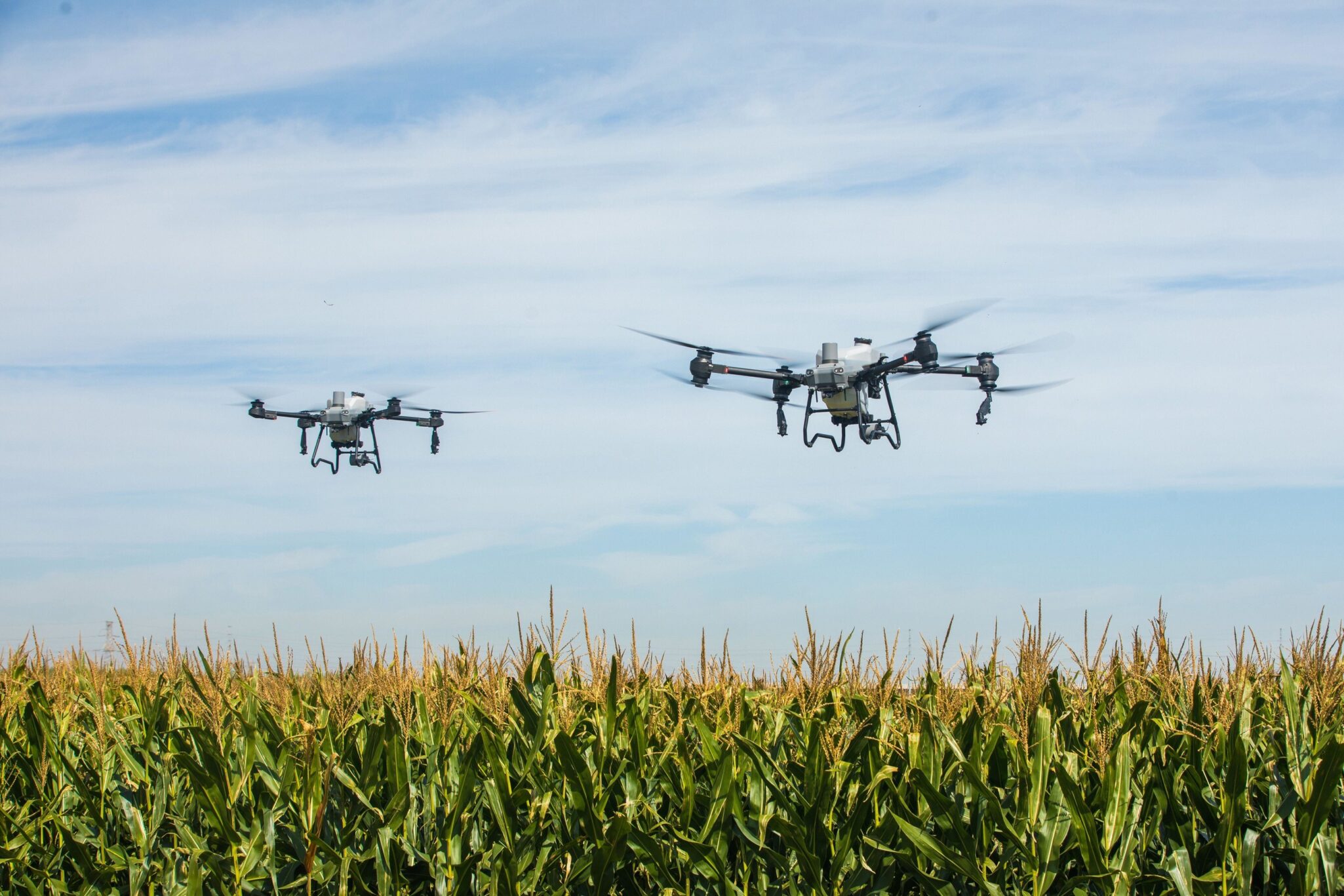Key Takeaways
- DJI Agriculture announced the commercial availability of its new Agras T100, T70P, and T25P agricultural drones in Europe, Central Asia, and Africa through local authorized dealers.
- The new models will be showcased and demonstrated at Agritechnica 2025 in Hannover, Germany, from November 9–15.
- Designed for improved efficiency, the drones feature higher payload capacities, enhanced safety systems, and AI-powered automation for precision crop protection and spreading.
- DJI Agriculture will also expand its DJI Academy training program across Europe to help operators master the latest agricultural drone technologies.
- The new product line represents over 13 years of R&D and aims to advance precision farming and sustainable agriculture globally.
DJI Agriculture Expands Global Reach with New Agras Drones
DJI Agriculture has announced that its latest generation of Agras drones—the T100, T70P, and T25P—are now available in Europe, Central Asia, and Africa, extending the company’s presence in agricultural technology markets. The launch highlights DJI’s continued commitment to advancing precision farming through drone-enabled automation.
The new lineup will be presented at Agritechnica 2025 in Hannover, where farmers and industry professionals can experience live demonstrations.
“Since entering the European market in 2018, DJI Agriculture has equipped local farmers with advanced drone technology in 25 countries,” said Yuan Zhang, Head of Global Sales at DJI Agriculture. “With demand rising each year, we continue to advance innovations in precision farming to meet the evolving needs of modern agriculture.”
Agras T100: Designed for Large-Scale Farming Operations
The Agras T100 targets commercial growers requiring high-volume spraying and spreading capabilities. It can carry up to 100 liters for spraying, 150 liters for spreading, or 80 kilograms for lifting, making it one of DJI’s most powerful models to date.
The T100 features an integrated safety system that includes LiDAR, millimeter-wave radar, and a Penta-Vision system to support safe, autonomous flight operations. Its spraying flow rate reaches 30 L/min with dual sprinklers and up to 40 L/min with an optional four-sprinkler configuration. The redesigned spreading system doubles load capacity and increases the maximum flow rate by 270%, improving operational efficiency for large-scale agricultural use.
DJI Agriculture Introduces Agras T70P for Medium-Sized Farms
The Agras T70P balances payload and performance, carrying up to 70 liters for spraying, 100 liters for spreading, or 65 kilograms for lifting. It integrates the same Safety System 3.0 with millimeter-wave radar and a Tri-Vision obstacle detection system, enhancing route planning and obstacle avoidance.
Offering the same droplet precision and flow rates as the T100, the T70P is optimized for mid-sized farms seeking reliability, speed, and ease of use.
Agras T25P: Compact Drone for Individual Operators
Compact and foldable, the Agras T25P is designed for solo operations and small-scale farms. It features the high-precision screw feeder spreading system 4.0, allowing it to carry up to 20 kilograms for spraying with a flow rate of 16 L/min and droplet sizes between 50 and 500 μm.
The model supports fully automated functions, including aerial mapping, terrain-following spraying, and multi-block operations—making it suitable for use in orchards, mountainsides, and segmented fields.
DJI Academy Expands Training for Drone Operators
To accompany the product rollout, DJI Agriculture will expand its DJI Academy training program across Europe. The updated curriculum will train new drone operators in crop protection, precise spreading, and safety protocols, ensuring they are proficient with the newest Agras models.
The initiative aligns with DJI’s broader goal to promote sustainable farming practices through education and safe technology adoption.
Availability
The DJI Agras T100, T70P, and T25P drones are available for purchase through authorized DJI Agriculture dealers in Europe, Central Asia, Africa, and other regions.



1 Comment